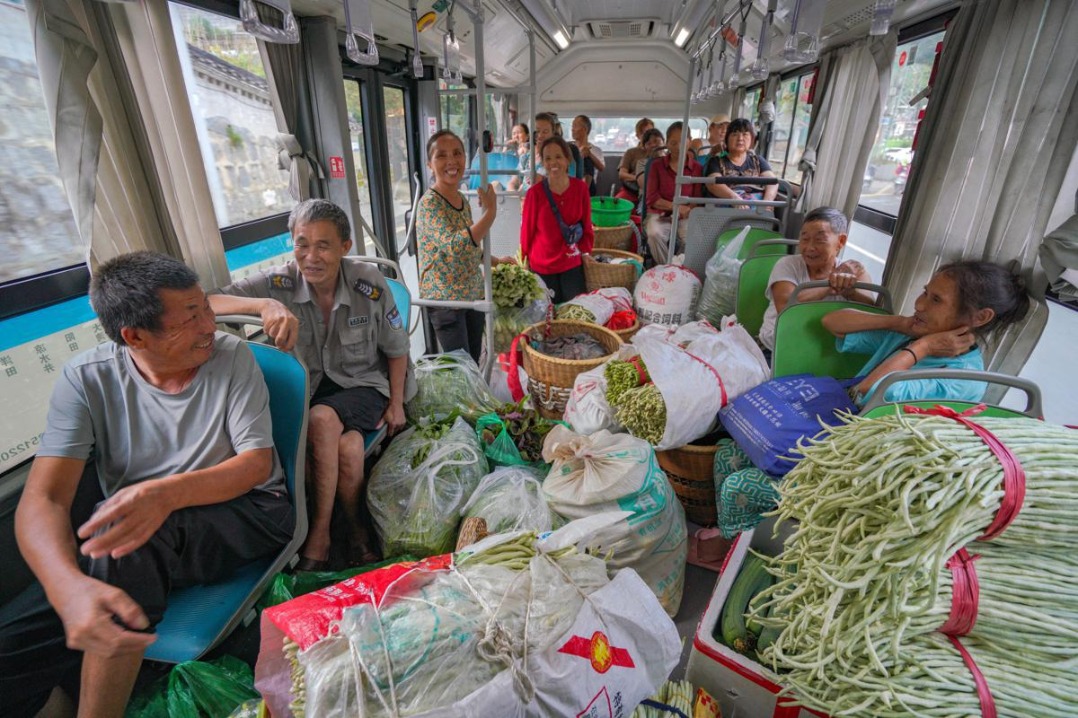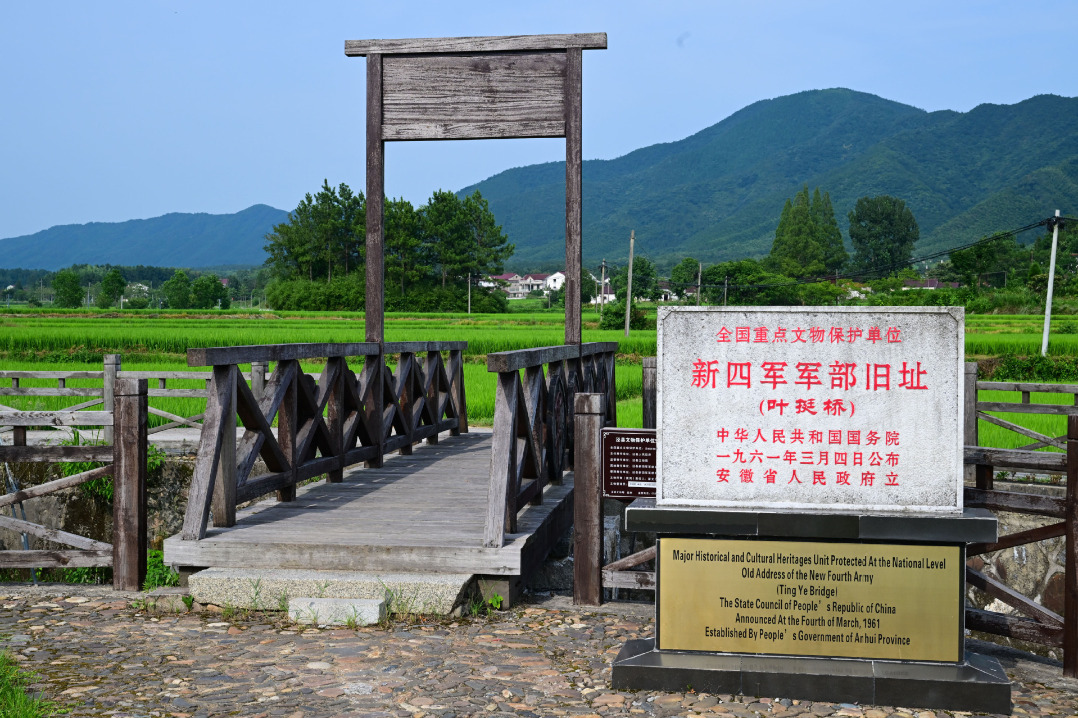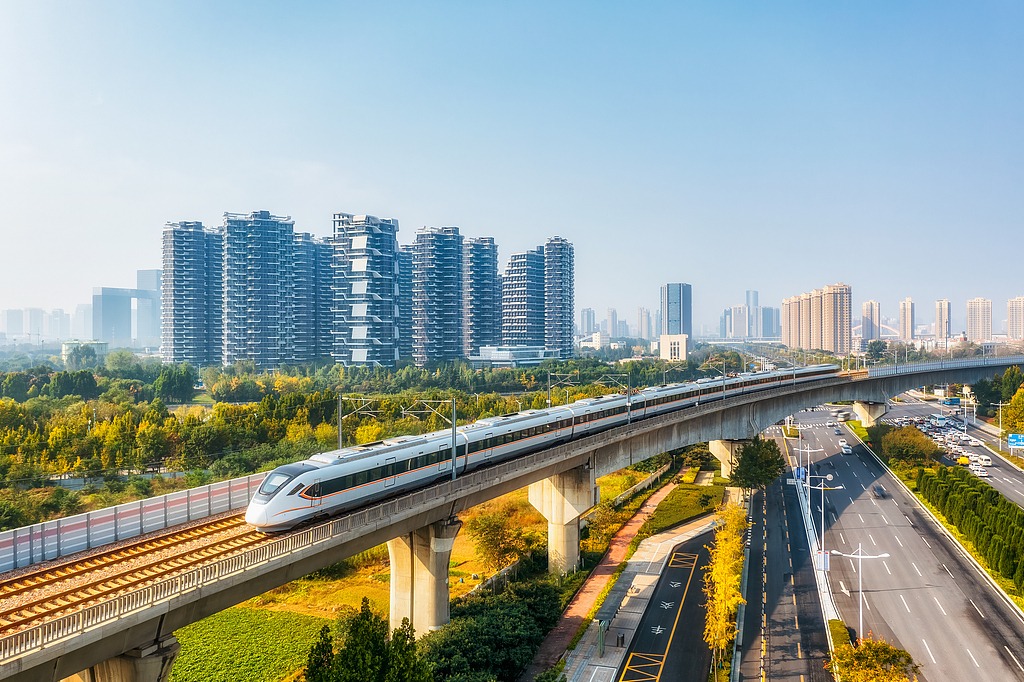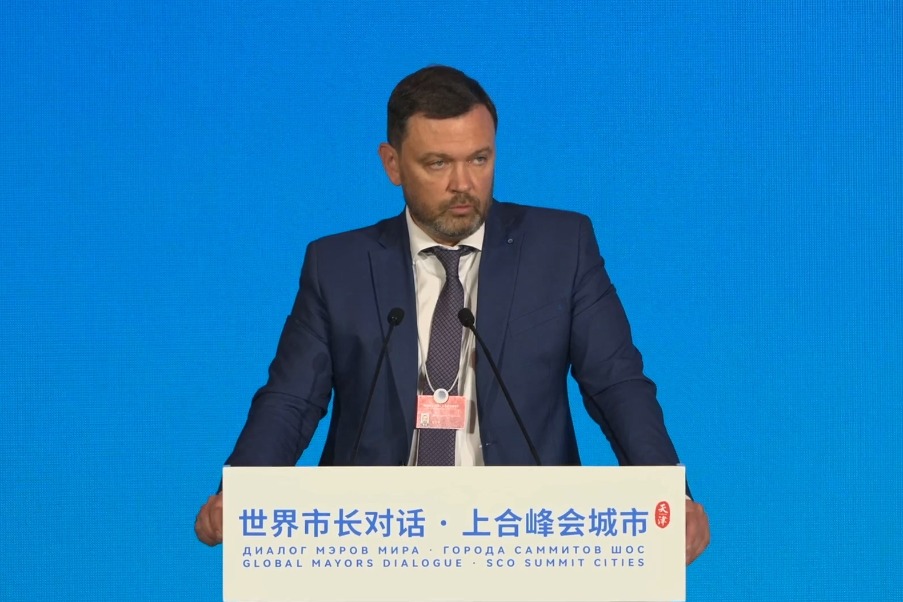Call for unity in Himalayan region as melting of glaciers accelerates


Researchers have called for more cooperation among countries in the Himalayan region after scientific findings proved that the melting of glaciers on the Qinghai-Tibet Plateau is accelerating.
A recent study, led by a group of researchers from Texas A&M University in the United States, showed that Himalayan glaciers are melting faster than previously estimated because of a positive ice-loss feedback mechanism on their surfaces.
Huo Da, the lead author of the study, said large amounts of melted water form supraglacial water bodies-such as lakes, ponds and streams-on a glacier's surface. They can absorb a lot of heat, which intensifies the melting of glaciers and causes uneven sedimentation, further speeding up the formation and expansion of the bodies in a process known as positive ice-loss feedback.
The impact of positive feedback on the surface mass of glaciers, in combination with topographical conditions, is the major culprit behind the high-magnitude ice loss observed on many debris-covered glaciers, the type most commonly found in the Himalayas.
Huo said the ablation rate-the natural loss of ice due to factors such as melting-and the mass balance of debris-covered glaciers are influenced by a variety of complex factors that make it difficult for scientists to reach a consensus on how Himalayan glaciers are responding to climate change.
This study developed a new numerical model using remote-sensing methods that helped provide more accurate assessments of the ablation rates of such glaciers, he said.
Huo said the study results also warned of the possible consequences of the accelerated expansion of supraglacial water bodies: although the melting can bring abundant water resources to downstream regions in the short term, it also greatly increases the risk of flooding.
The Himalayas, often referred to as the "third pole" of the Earth, encompass about 15 percent of the world's ice and account for 15 percent of the world's glaciers, said Hao Shiyuan, a researcher from the Chinese Academy of Social Sciences, adding that an average of 247 square kilometers of glacial ice melt each year on the Qinghai-Tibet Plateau.
The glaciers are an important water source for many major rivers in countries including China, India and Pakistan, and the ablation rate directly affects water security in downstream countries as it may induce numerous disasters such as landslides, floods and epidemics.
Hao said the southern foothills of the Himalayan mountains face a more serious melting problem, and the loss of ice doesn't necessarily mean fuller rivers because a large amount of fresh water would end up merging with salt lakes on the Qinghai-Tibet Plateau. Water flowing down the rivers into the sea would also engender a loss of fresh water resources.
In February, part of the Nanda Devi glacier in the southern foothills broke off and the ice dropped into a river in northern India, triggering massive flash floods that damaged nearby hydropower stations and villages and caused serious casualties and economic losses.
The incident sparked grave concern among the scientific community because February is still winter time in the Himalayas.
"Fundamentally, it is a question of climate change effect," Hao said.
He said the aftermath of global warming and glacier reduction may be more severe than people realize. One possible serious consequence is that melting glaciers could release an abundance of carbon into the atmosphere, which would exacerbate global warming, and they could also release ancient viruses of unknown origin that had long been frozen under the permafrost layer.
"Among all international challenges, the climate issue is the most serious and requires global efforts," Hao said. "We need to fully understand the impact of climate change on each and every individual, family, country and region and work together to build a shared community of people and nature.
"Countries in the Himalayan region should also take action, cooperate sincerely and support each other to maintain the environmental security of the 'third pole'."
- National health body expands pediatric services to nearly all hospitals
- Premier announces construction of Yarlung Zangbo hydropower project
- A perfect summer retreat in Hainan's tropical rainforest
- International beer festival kicks off in Qingdao
- Naadam festival gets underway in Inner Mongolia
- Probe blames algal degradation for foul odor in tap water





































